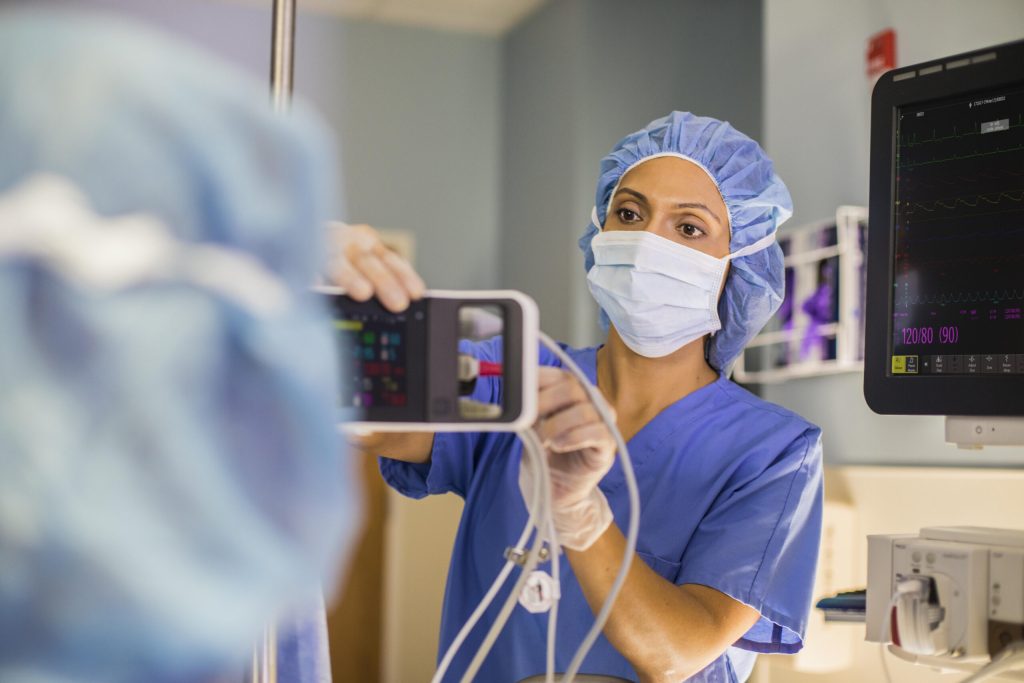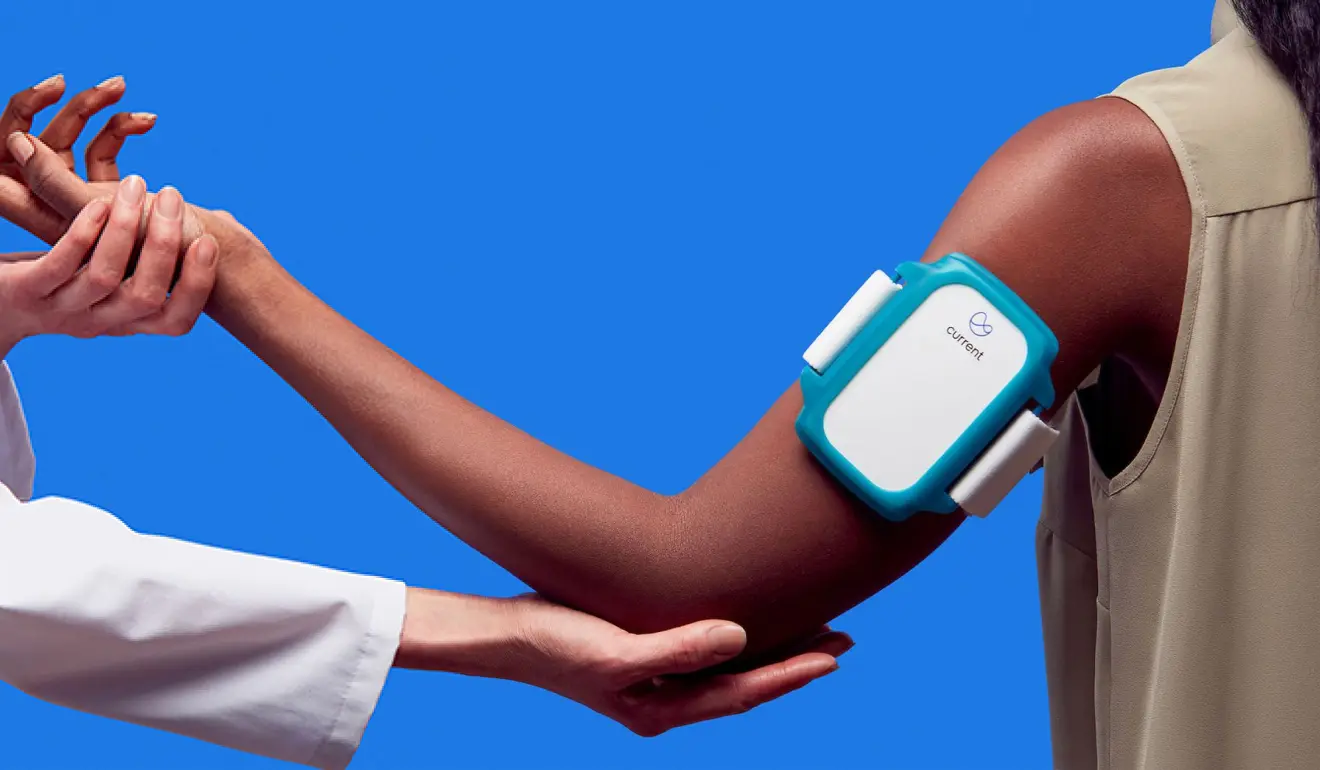In today’s rapidly evolving healthcare landscape, Patient monitoring has become the cornerstone of quality care. The ability to continuously track a patient’s vital signs, conditions, and recovery progress allows healthcare professionals to make informed decisions and act quickly in critical situations. For modern clinics, adopting advanced patient monitoring tools is no longer optional—it’s essential. At Advanced Health Care, the focus is on integrating innovative technologies that not only improve patient outcomes but also streamline clinical operations. This article explores the top 10 patient monitoring tools every clinic should implement to stay ahead in the digital healthcare era.
The Importance of Patient Monitoring in Modern Healthcare
Patient tracking plays a vital role in ensuring that healthcare providers have real-time access to accurate data. This data-driven approach enables timely interventions, reduces hospital readmissions, and enhances the overall quality of care. By utilizing advanced systems, clinics can monitor vital parameters such as heart rate, oxygen saturation, temperature, blood pressure, and glucose levels with precision. Moreover, modern digital solutions enable remote supervision, allowing clinicians to provide care beyond the hospital walls. Advanced Health Care emphasizes the importance of using these technologies to foster efficiency, accuracy, and patient satisfaction.
1. Remote Patient Monitoring Systems
Remote monitoring systems have revolutionized the way healthcare providers track patient progress. These tools enable the continuous collection of health data from wearable devices and sensors, transmitting it securely to healthcare professionals. Through advanced platforms, clinics can oversee patients with chronic diseases like diabetes or hypertension in real time, minimizing hospital visits and improving outcomes. Advanced Health Care utilizes remote systems to ensure that patients receive consistent care even from home.
2. Continuous Glucose Monitors (CGMs)
Continuous glucose monitors are essential for diabetic patient management. These patient monitoring tools measure glucose levels throughout the day and night, sending data to a digital platform accessible by both patients and providers. CGMs help in preventing sudden spikes or drops in blood sugar, supporting better diabetes management. Modern clinics using CGMs experience improved patient compliance and fewer emergency interventions.
3. Multi-Parameter Monitors
Multi-parameter monitors are a must-have in every modern clinic. These advanced patient monitoring devices track several vital signs simultaneously, including heart rate, respiration rate, oxygen saturation, and temperature. They provide healthcare professionals with a comprehensive view of a patient’s physiological condition. With multi-parameter monitors, clinicians can detect abnormalities early, enabling timely and life-saving responses. Advanced Health Care integrates these monitors to deliver accurate, real-time data for optimal care delivery.
4. Cardiac Monitoring Devices
Heart health remains a major focus in modern healthcare, and cardiac monitoring devices are indispensable in maintaining it. From portable ECG machines to wearable Holter monitors, these tools provide continuous insights into heart rhythm and performance. Detecting irregularities early helps in diagnosing arrhythmias, heart disease, and other cardiovascular issues. Clinics using cardiac monitoring systems can significantly enhance diagnostic accuracy and patient safety.
5. Wireless Blood Pressure Monitors
Wireless blood pressure monitors have modernized one of the most common clinical assessments. These devices connect via Bluetooth or Wi-Fi to patient monitoring platforms, allowing both patients and clinicians to track blood pressure trends over time. Regular monitoring helps identify hypertension patterns and evaluate the effectiveness of treatment plans. Advanced Health Care incorporates wireless blood pressure tools to ensure that each reading contributes to better, data-backed medical decisions.
6. Pulse Oximeters
Pulse oximeters measure the oxygen saturation level in a patient’s blood and are among the most widely used clinical tools. These compact, non-invasive devices are crucial for patients with respiratory issues, such as COPD or asthma. In clinics and home settings, pulse oximeters offer quick, accurate readings that can alert healthcare providers to oxygen deficiencies. As part of modern care strategies, these devices improve response time and help maintain stable patient health.

7. Smart Wearable Devices
Wearable technology has transformed healthcare by bringing it closer to patients’ everyday lives. Smartwatches and fitness trackers now come equipped with features that monitor heart rate, sleep patterns, physical activity, and even stress levels. Clinics that integrate data from wearable devices into their systems can gain a holistic view of patient health. Advanced Health Care uses wearable technology to empower patients and enhance proactive healthcare management.
8. Telemetry Systems
Telemetry systems are critical in hospitals and large clinics, enabling real-time tracking across multiple departments. These systems transmit vital sign data from monitoring devices to centralized stations where healthcare professionals can supervise multiple patients simultaneously. Telemetry reduces the need for manual checks and improves workflow efficiency. It is a cornerstone of advanced healthcare management in high-demand clinical environments.
9. Mobile Health (mHealth) Applications
Mobile health applications have become an integral part of patient monitoring. These apps connect patients to healthcare providers, allowing for real-time communication, data sharing, and symptom tracking. mHealth apps promote engagement by enabling patients to actively participate in their care. Clinics that leverage mobile technology benefit from improved adherence to treatment plans and better patient outcomes. Advanced Health Care encourages patients to use mHealth applications as part of their personalized monitoring plans.
10. AI-Powered Patient Monitoring Platforms
Artificial intelligence is revolutionizing healthcare through predictive analytics and automated alerts. AI-driven platforms analyze vast amounts of patient data to detect patterns and predict potential health risks before they become critical. These intelligent systems help healthcare providers make faster, more accurate clinical decisions. Advanced Health Care integrates AI solutions to enhance care efficiency, reduce errors, and support early intervention strategies.
Benefits of Implementing Advanced Patient Monitoring Tools
Adopting modern patient monitoring tools brings several advantages to healthcare facilities. Real-time monitoring improves diagnosis accuracy, enhances patient safety, and enables data-driven treatment plans. Automated data collection reduces manual paperwork, allowing clinicians to focus more on patient interaction. Additionally, patient monitoring improves communication between providers and patients, encouraging long-term engagement and trust. Clinics that prioritize patient monitoring can expect better health outcomes, operational efficiency, and patient satisfaction.
How Patient Monitoring Enhances Preventive Care
Preventive care is one of the greatest benefits of modern patient monitoring. Continuous tracking of health indicators allows clinicians to identify potential issues before they escalate into serious conditions. Early detection means fewer hospitalizations and reduced healthcare costs. Patient monitoring also helps in tailoring lifestyle interventions based on individual data trends. At Advanced Health Care, the emphasis on preventive monitoring ensures that patients stay healthier for longer.
Overcoming Challenges in Patient Monitoring Implementation
While patient monitoring offers numerous benefits, integrating it into clinical practice requires proper planning. Challenges such as data privacy, interoperability between systems, and staff training must be addressed. Clinics must ensure compliance with healthcare data regulations and select platforms that integrate seamlessly with electronic health records. Investing in patient monitoring training programs for staff ensures that the technology is used to its fullest potential. Advanced Health Care prioritizes secure, efficient, and user-friendly systems to overcome these challenges effectively.
The Future of Patient Monitoring
The future of patient monitoring lies in the fusion of technology, data science, and personalized medicine. With continuous innovation in AI, IoT, and cloud computing, patient monitoring will become even more accurate and predictive. Remote care will expand, and wearable technology will evolve to include more advanced sensors. Clinics embracing these advancements will redefine healthcare delivery, focusing on proactive and personalized treatment models. Advanced Health Care continues to lead this transformation by investing in next-generation patient monitoring solutions.
Conclusion
Patient monitoring has become an essential element of modern healthcare, enabling precision, efficiency, and patient-centered care. The ten tools discussed—from remote monitoring systems to AI-powered platforms—form the backbone of successful medical practices today. By implementing these solutions, clinics can enhance diagnosis accuracy, reduce risks, and provide superior care experiences. At Advanced Health Care, the commitment to integrating cutting-edge patient monitoring tools reflects a dedication to continuous improvement and patient well-being. Modern clinics must adopt these technologies to stay competitive and deliver the highest standard of care in an ever-evolving medical world.
All categories and top stories are displayed right on the homepage.
FAQs
1. What is patient monitoring and why is it important?
Patient monitoring involves the continuous tracking of vital signs and health parameters to assess a patient’s condition. It helps clinicians make timely decisions, improves accuracy, and enhances patient safety.
2. How does remote patient monitoring work?
Remote patient monitoring uses connected devices to collect patient data, which is then transmitted to healthcare professionals for review. This allows for continuous care even outside clinical settings.
3. What are the key benefits of using patient monitoring tools?
Patient monitoring tools improve diagnosis, reduce hospital readmissions, enable early detection of health issues, and enhance overall care efficiency. They empower both patients and providers to achieve better health outcomes.
